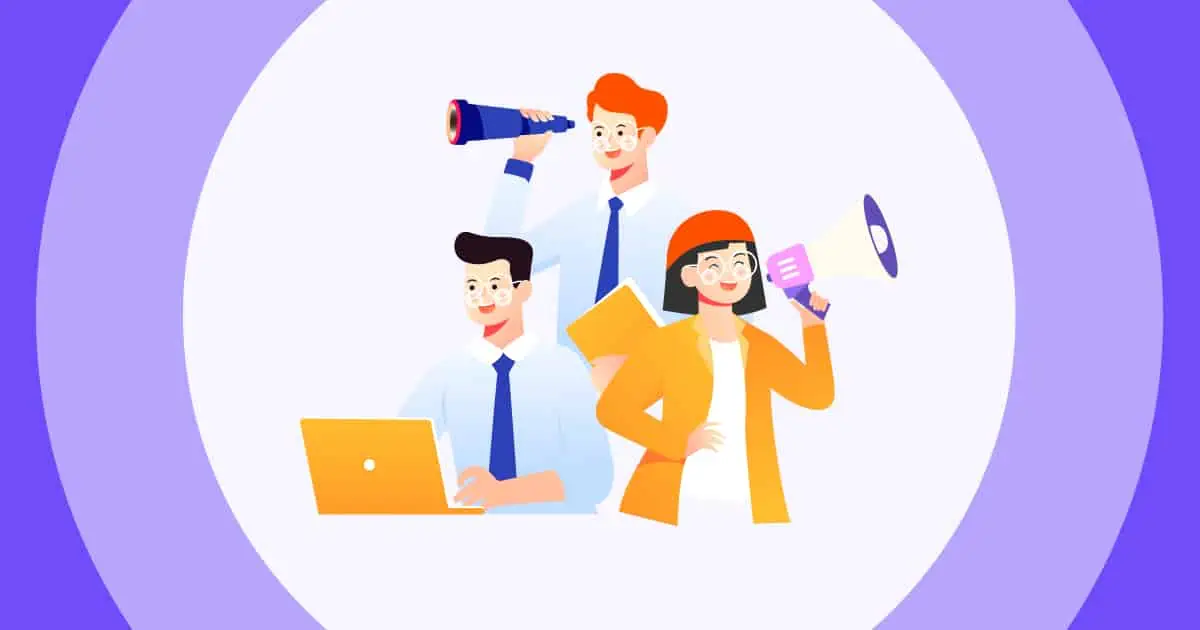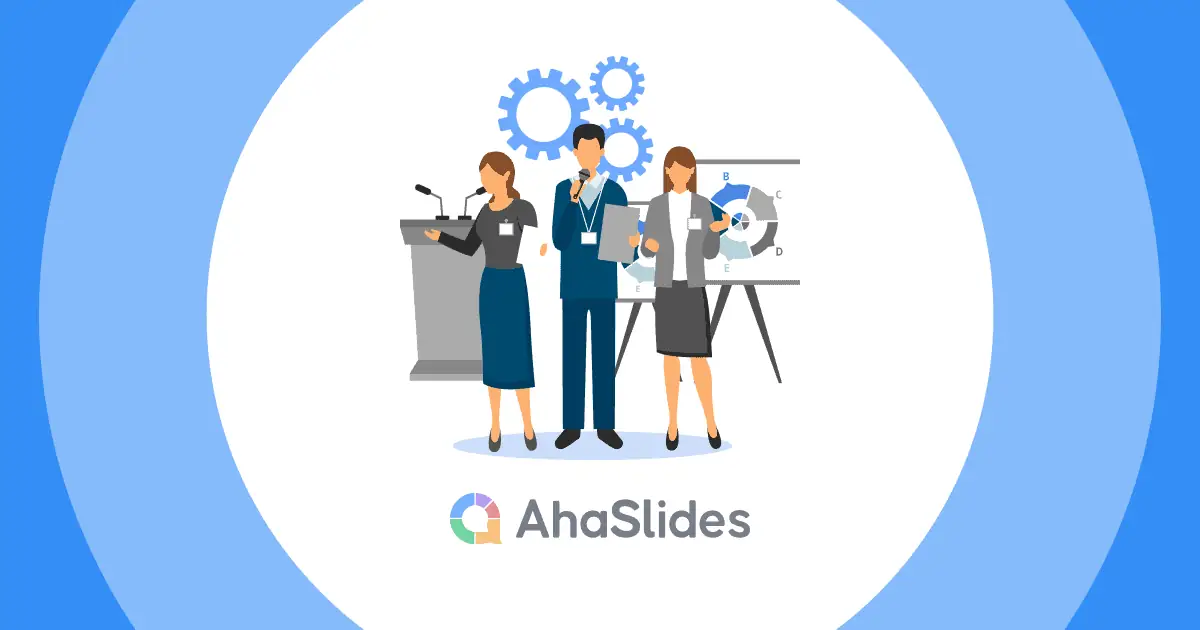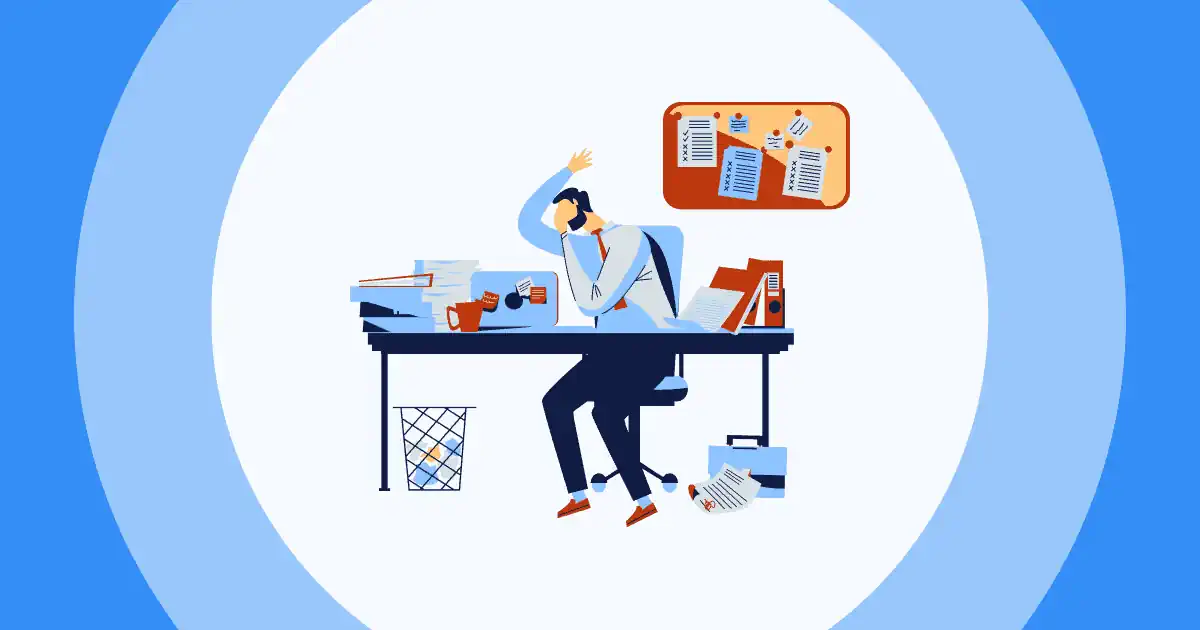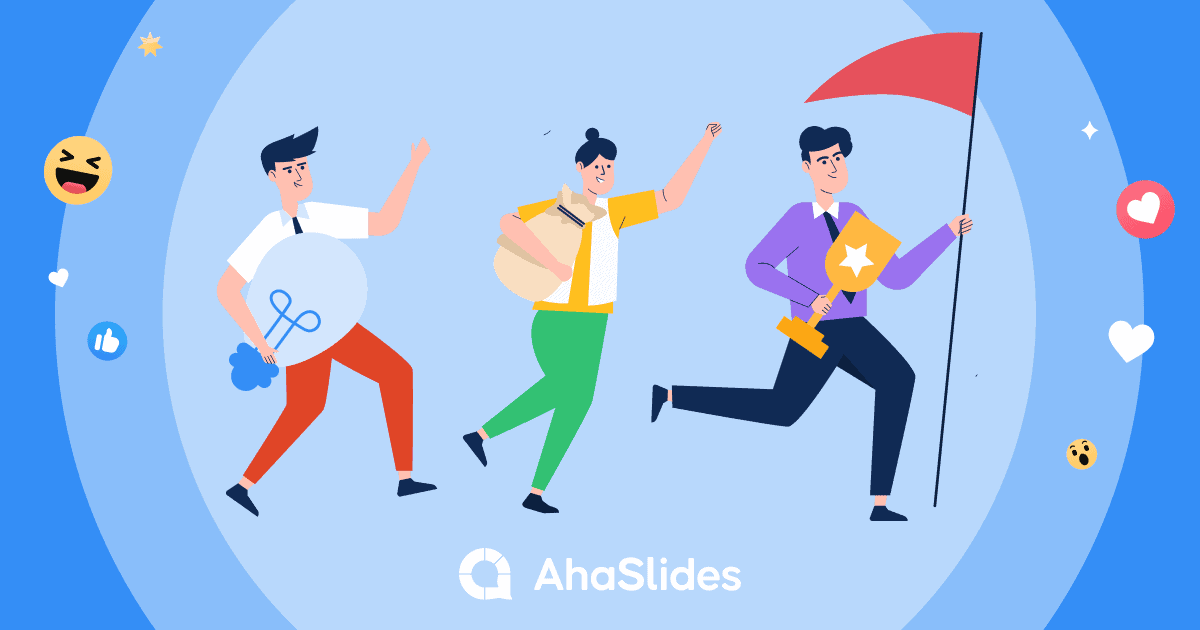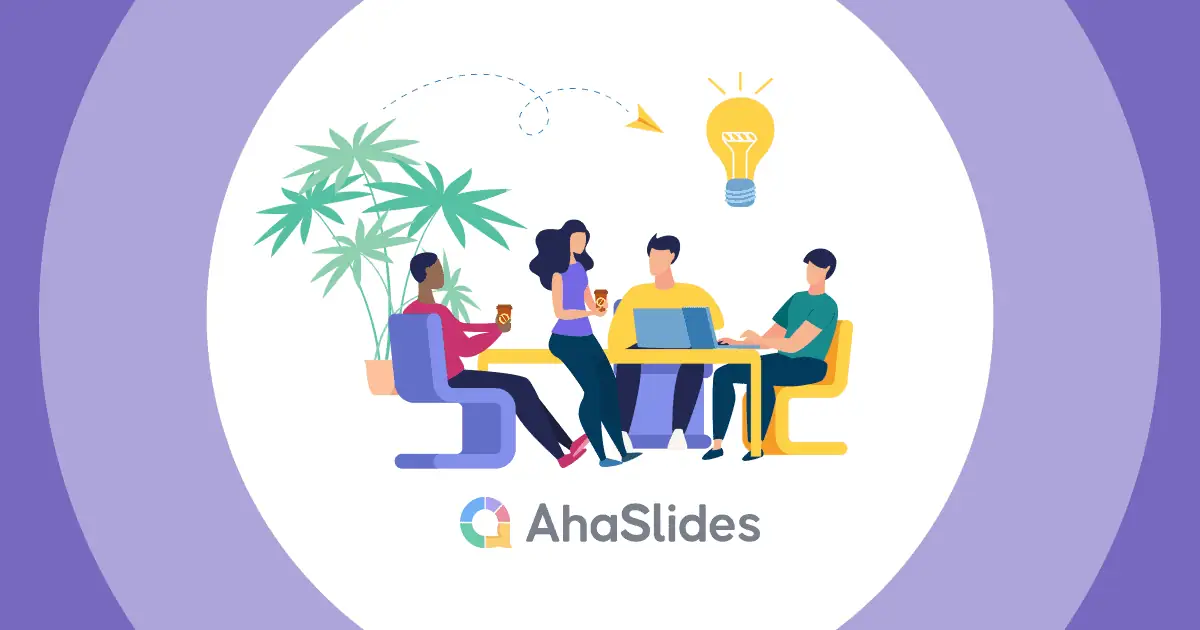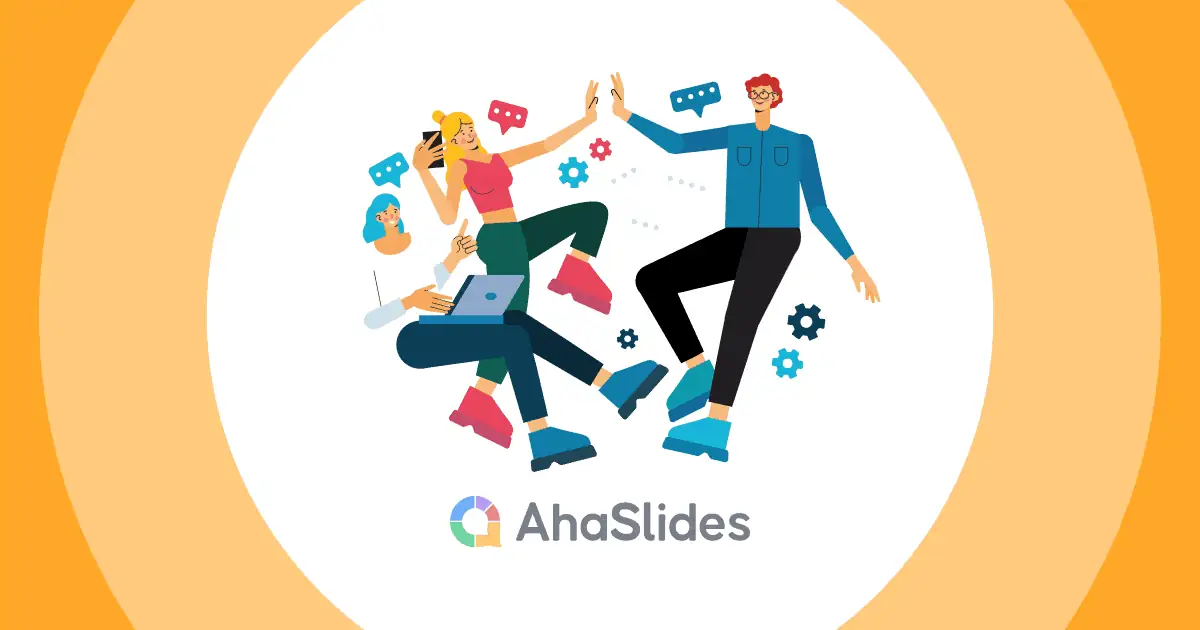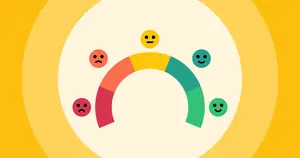Education is not just about imparting information; it's a dynamic journey of growth and development. At the heart of this journey lies the learning curve, a psychological construct that illuminates the path to proficiency. As educators and learners alike seek to optimize the process of knowledge acquisition, an understanding of the learning curve becomes a powerful tool.
In this article, we'll learn more about what is the learning curve in psychology, how it makes a transformative impact on teaching methods, student outcomes, and the evolution of skills and how to apply them in education and training.
Table of Contents:
- What is the Learning Curve in Psychology?
- Features of the Learning Curve in Psychology
- Learning Curve in Psychology Examples
- Key Takeaways
- FAQs
Tips from AhaSlides
- Self-Directed Learning | A Comprehensive Guide For Beginners
- Social Learning Theory | A Complete Guide from A to Z
- Best Examples of Blended Learning | An Innovative Way to Absorb Knowledge
What is the Learning Curve in Psychology?
The learning curve in psychology is a valuable concept that refers to the graphical representation of the relationship between learning and experience. It emphasizes the dynamic nature of acquiring new skills and knowledge and can inform strategies to optimize the learning process.
Besides, it predicts how long it takes an individual or a group's performance level on a particular task to be improved with some measures of varying amounts of learning effort. The concept is widely used in various fields, including educational psychology, cognitive psychology, and human performance.
Features of the Learning Curve in Psychology
These features collectively contribute to the understanding of how individuals or groups learn and improve over time, providing valuable insights for educators, psychologists, and practitioners in various fields.
- Positive Slope: Typically, a learning curve starts with a positive slope, indicating that as experience or practice increases, so performs. This implies that individuals become more proficient at a task with repeated exposure or practice.
- Initial Rapid Improvement: In the early stages, there is often a rapid improvement in performance as learners acquire basic skills and understanding. This is known as the initial phase of learning.
- Plateau Phase: After the initial rapid improvement, the learning curve may flatten out, indicating a plateau in performance. This doesn't necessarily mean that no learning is occurring; rather, it suggests that the rate of improvement has slowed.
- Transfer of Learning: The learning curve concept is also related to the transfer of learning, which refers to the application of knowledge or skills learned in one context to another. The extent to which learning in one situation facilitates or hinders learning in another can impact the overall learning curve.
- Applications in Education and Training: Understanding learning curves is essential in educational settings and training programs. Educators and trainers can use this concept to design effective learning experiences, predict performance improvements, and identify strategies to enhance learning.
- Individual and Group Learning Curves: Learning curves can be examined at both the individual and group levels. Individual learning curves highlight the variability in how different people learn, while group learning curves provide a general overview of the collective progress.
Learning Curve in Psychology Examples
Applying the learning curve in psychology to education and training allows for a more nuanced and individualized approach. By recognizing and adapting to the psychological aspects of learning, educators can create a supportive environment that fosters continuous improvement and positive learning experiences.
Differentiated Instruction
Understanding individual learning curves allows educators to implement differentiated instruction strategies. Tailoring teaching methods, materials, and assessments to match the varying paces at which students learn enhances overall comprehension and skill development.
Setting Realistic Learning Expectations
Educators can use knowledge of learning curves to set realistic expectations for students. Recognizing that the initial stages may involve rapid improvement while later stages might show a plateau, teachers can provide guidance and support accordingly.
Adaptive Learning Technologies
Technology in education often integrates adaptive learning platforms that analyze individual learning curves. These technologies adjust the difficulty and pace of content delivery to match each student's progression, ensuring an optimal and personalized learning experience.
Identifying and Addressing Learning Plateaus
Recognizing when students hit learning plateaus is essential. Teachers can use this information to intervene with additional support, alternative teaching methods, or personalized challenges to help students overcome obstacles and continue progressing.
Feedback and Assessment Strategies
Understanding the learning curve aids in designing effective feedback and assessment strategies. Formative assessments can be timed to coincide with expected points of improvement, providing constructive feedback and guidance for further development.
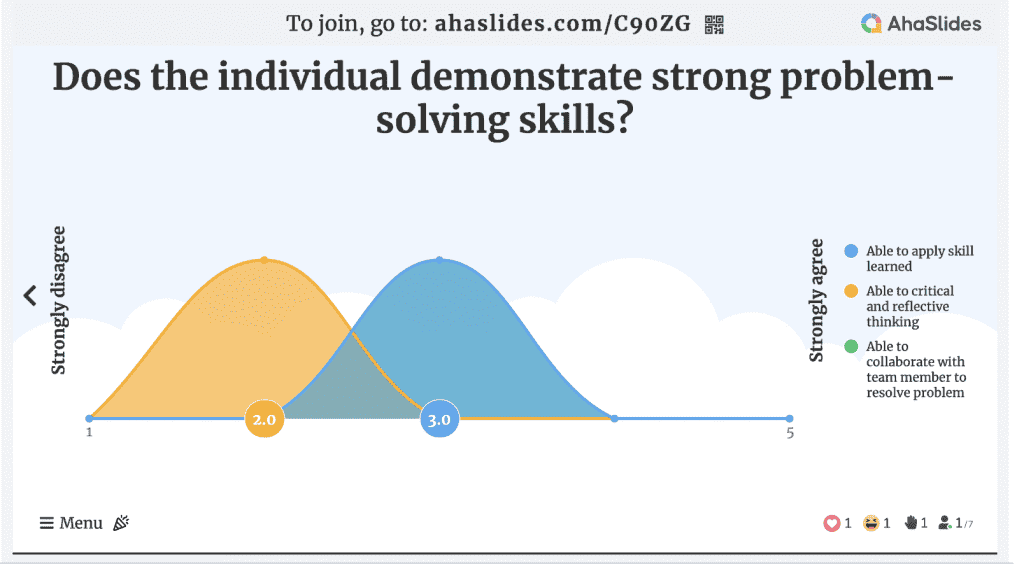
Optimizing Study Plans
Students can benefit from understanding their own learning curves. By recognizing that initial efforts may lead to quick gains, followed by a potential plateau, students can optimize their study plans, ensuring sustained effort and effective learning strategies.
Professional Development for Educators
Teachers and educators themselves go through learning curves, especially when adopting new teaching methods or technologies. Professional development programs can be structured to support educators at each stage of their learning curve, facilitating successful integration into their teaching practices.
Social and Emotional Learning (SEL) Programs
Incorporating psychological principles into social and emotional learning programs is vital. Understanding the emotional aspects of learning curves helps educators address the anxiety or frustration students may experience during challenging phases, promoting resilience and a positive attitude toward learning.
Motivational Interventions
Recognizing that motivation can influence the learning curve, educators can implement motivational interventions. Positive reinforcement, goal-setting, and celebrating small achievements can boost learners' motivation, encouraging sustained effort and engagement.
Tailoring Instruction to Cognitive Development
Psychological principles, including those related to cognitive development, influence learning curves. Educators can align instructional methods with the expected cognitive abilities at different stages, ensuring that content is developmentally appropriate.
Key Takeaways
In conclusion, grasping the psychology of the learning curve empowers educators and learners alike. By recognizing the stages and factors influencing the curve, we can optimize learning experiences, foster skill development, and enhance overall performance.
💡How to make learning process more fascinating and engaging? Make the most of AhaSlides presentation tool with a range of advanced features for free! Don't miss out!
FAQs
What are the 4 types of learning curves in psychology?
In psychology, we usually don't group learning curves into specific types. Instead, we use the term to show how learning and experience are connected. But sometimes, people might talk about positive learning curves (where things get better) or negative learning curves (where things get harder).
What is an example of a learning curve?
Picture a student learning the guitar. At the start, they quickly get the hang of basic chords and strumming. But as they keep going, it becomes a bit slower. This slowdown shows they're on a learning curve—needing more practice for trickier parts.
What is a difficult learning curve?
A tough learning curve is when learning something new is really hard. Like learning complex computer programming or advanced math—it's tough because it's tricky and not easy to understand. Overcoming this kind of learning curve means practicing a lot and using smart learning tricks.
How can I get better at learning?
To get better at learning, set clear goals for what you want to learn. Take small steps, practice regularly, and ask for feedback to know where you can improve. Use different ways to learn, like books and videos. Stay positive and see challenges as chances to learn more. Check your progress regularly and celebrate the things you've learned!
Ref: ScienceDirect

